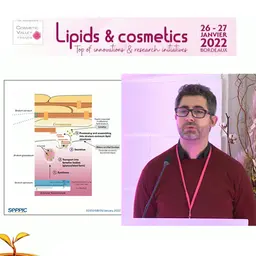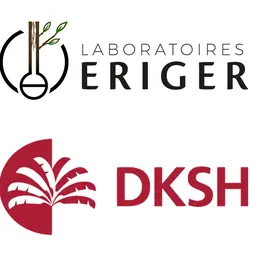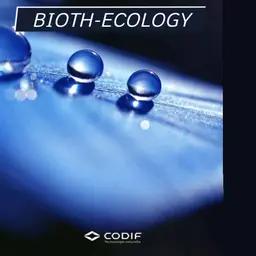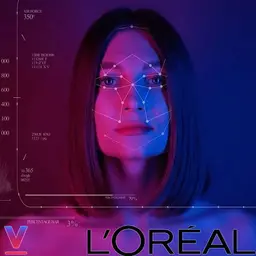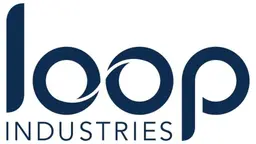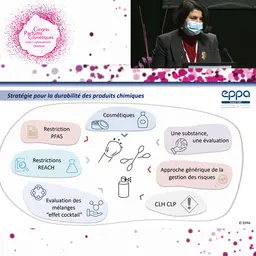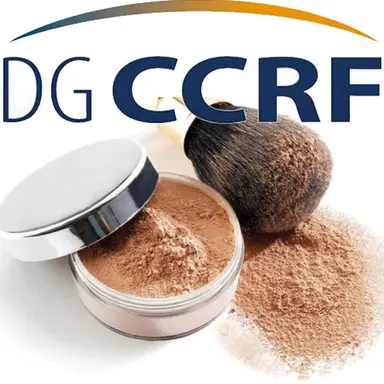
The DGCCRF has been carrying out controls on nanomaterials in cosmetic products since 2017. In 2019, controls were intensified and focused both on the effectiveness of the labelling of nanomaterials authorised in the list of ingredients and on the presence of certain unauthorised nanomaterials. The observations made led to further controls in 2020, and the DGCCRF is now taking stock of the situation.
In 2019, the DGCCRF has intensified its controls on the topic of nanomaterials. In total, nearly 70 professionals were inspected and 30 products (cosmetic products or their ingredients) were analysed. Shortcomings remain in terms of information on ingredients, from raw material suppliers to manufacturers of finished products.
Unauthorised nanomaterials
Nine products (mainly make-up products: highlighter, eye shadow, gloss…) containing nanomaterials not authorised by the Cosmetics Regulation, in particular iron oxide and titanium dioxide, were voluntarily withdrawn from the market by the professionals involved following the DGCCRF’s observations. To be authorised as ingredients in cosmetics, in particular as colorants, these nanomaterials must first undergo a specific evaluation procedure by the scientific committee attached to the European Commission, the SCCS. In this case, the nanomaterials identified by the DGCCRF services in these nine products had not been subject to such an assessment.
Labelling defects
In addition, three sunscreen products contained nanomaterials authorised for their UV filtering action, but not identified as nanomaterials in the list of ingredients on the product label as required.
The professionals involved were required to bring the labels into compliance, adding the word [nano] to inform the consumer of the presence of nanomaterials in the products in question. …

